Mastering the Art of High Kicks: Effective Cueing Techniques for Engaging the Supporting Leg

Paul, you keep saying and explaining that the height of the
kick comes from the supporting leg. But how do I que my students? What do I tell them?
kick comes from the supporting leg. But how do I que my students? What do I tell them?
Another question that I got several times that I wanted to address is, "Paul, you keep saying and explaining that the height of the kick comes from the supporting leg. And I understand what you're saying there, but how do I que my students? What do I tell them? To engage the supporting leg? Because the way my students are kicking, is they are kicking without trying to use the supporting leg."
So, the first part of the answer to that question is, before we get to the cue, you can't use what you don't have. If your students don't have the strength and flexibility of the supporting leg. (And of course, as we know, the height of the kick depends on the supporting leg.) Not only flexibility, but also strength. You can cue them all you want, but if their supporting leg is not properly prepared for the kick, your cues are not going to do much. If anything, if you give proper cues and force them to use the muscles that are not properly prepared, you might get them injured.
For this reason, you have to develop that supporting leg first. And we have a whole
program focusing on just that. We wouldn't have a program for the supporting
leg if all you needed to do was cue.
For this reason, you have to develop that supporting leg first. And we have a whole
program focusing on just that. We wouldn't have a program for the supporting
leg if all you needed to do was cue.
Boost Your Side Kick Height: Flexibility & Strength Training Program
Elevate your side kicks - Side Kick, Roundhouse, and Hook Kick - with our focused online program. Discover the importance of your supporting leg's flexibility and strength in achieving higher kicks. Learn how pelvic tilt is crucial for higher kick execution and how without it, kicks are limited.
Our program offers a streamlined approach with:
Our program offers a streamlined approach with:
- Three Zaichik Stretching Technique exercises for rapid flexibility gains, each taking just seconds to perform.
- A targeted strength conditioning technique to enhance your range of motion for powerful high kicks.
Transform your kicking technique with our efficient and effective training designed for quick results.
Ques, are first taught before you can use them.
Queues are usually somehow trained a little bit. As you may know, the part of model learning is to explain to a person what a queue is before you start saying that queue. Like sometimes when a person punches, people say put the shoulder into it. But, it only works if they know what you mean by "put the shoulder into it". If they don't know what that means, they will do something with maybe the shoulder girdle. Move it some way, but not the proper way.
The cue for the sidekick to use the supporting leg is "hip up or hip hike" one or the other. Before using that cue, you have to show a person that they have to raise the kicking hip. In other words, the pelvis on the kicking side has to come up. Not just the kicking leg, but also the pelvis.
Pelvis has to come up. Of course, for the pelvis to come up and for this to be done
properly the supporting leg has to turn out. So, depending on how you do the
sidekick. Either you turn out and do a hip hike at the extension of the kick,
or you do a turn out and hip hike at the chamber of the kick.
As you can see, you have to teach that, so that when you give them that reminder, that cue "hip up or hip hike", they understand what you're talking about and they do it. But you have to practice it first.
The cue for the sidekick to use the supporting leg is "hip up or hip hike" one or the other. Before using that cue, you have to show a person that they have to raise the kicking hip. In other words, the pelvis on the kicking side has to come up. Not just the kicking leg, but also the pelvis.
Pelvis has to come up. Of course, for the pelvis to come up and for this to be done
properly the supporting leg has to turn out. So, depending on how you do the
sidekick. Either you turn out and do a hip hike at the extension of the kick,
or you do a turn out and hip hike at the chamber of the kick.
As you can see, you have to teach that, so that when you give them that reminder, that cue "hip up or hip hike", they understand what you're talking about and they do it. But you have to practice it first.
I personally do the kicks both ways depending on what they are needed for.
I personally do the kicks both ways depending on what they are needed for. So I can move my hip and do a turn out at the extension of the kick. Or I can move my hip and do a turn out at the chamber of the kick.
Some styles are open to both. Some styles dictate that it should be done just this way or just that way, and that's up to you. But no matter what happens, that side of the pelvis on a kicking side must come up. And that is the cue that must be
practiced, and then given.
If you practice that properly, all you have to do is give that cue a few times and people understand it. And then you don't even need to give that cue anymore. Unless someone comes to your place and trains very rarely, then you may need to remind that more often. But for most people that, have regular training, they quickly internalize it.
But please remember, you cannot give that cue if your students don't have the strength and flexibility in a supporting leg, because the muscles lengthen while they're being tensed. This is called the centric contraction and you have to train for this because it's not a normal daily activity. And the muscles must be
strengthened and lengthened and then neurologically conditioned to do it
properly.
So, if you're interested in the supporting leg program for yourself or your students, take a look below. And if you have any questions feel free to connect!
Some styles are open to both. Some styles dictate that it should be done just this way or just that way, and that's up to you. But no matter what happens, that side of the pelvis on a kicking side must come up. And that is the cue that must be
practiced, and then given.
If you practice that properly, all you have to do is give that cue a few times and people understand it. And then you don't even need to give that cue anymore. Unless someone comes to your place and trains very rarely, then you may need to remind that more often. But for most people that, have regular training, they quickly internalize it.
But please remember, you cannot give that cue if your students don't have the strength and flexibility in a supporting leg, because the muscles lengthen while they're being tensed. This is called the centric contraction and you have to train for this because it's not a normal daily activity. And the muscles must be
strengthened and lengthened and then neurologically conditioned to do it
properly.
So, if you're interested in the supporting leg program for yourself or your students, take a look below. And if you have any questions feel free to connect!
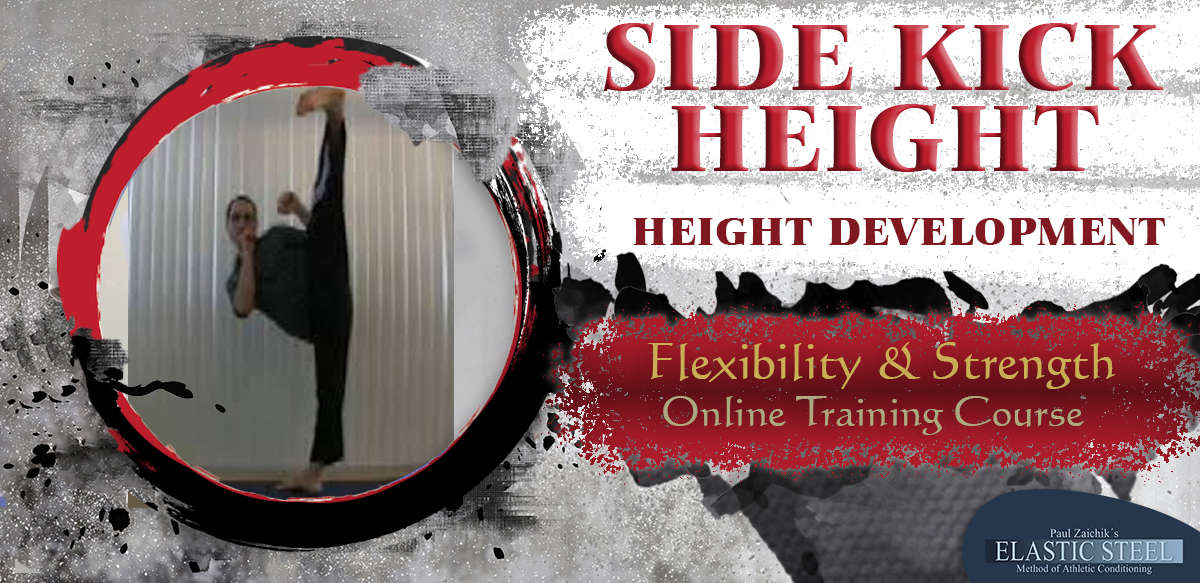
SIDE KICK HEIGHT
HEIGHT DEVELOPMENT
Side Kick Height Online Training Program
This is a program for the kicking height for all 3 side line kicks:
- Side Kick
- Roundhouse Kick
- Hook Kick
Kicking height of the side line kicks, depends on the flexibility of the supporting leg or standing leg. In order to throw a high kick, the kicking side of the pelvis must tilt up. If the pelvic does not tilt, the kicking hip abduct no more than 45 degrees.
This means that a kick will be thrown no higher than the knee. Even a kick to the groin requires 90 degrees abduction (abduction is lifting of the leg to the side).
This means that a kick will be thrown no higher than the knee. Even a kick to the groin requires 90 degrees abduction (abduction is lifting of the leg to the side).
So the pelvic position must change. Once the pelvis moves, the flexibility of the supporting leg comes into play. Of course not just flexibility, but also strength.
In this training program you will learn:
- Very short and straight to the point method of developing kicking height:
- 3 carefully selected Zaichik Stretching Technique exercises for flexibility (formerly called Kinesiological Stretching Techniques). Each one takes just a few seconds to complete per round. Together these techniques develop super fast flexibility.
- Combined with extended length conditioning strength technique, the body quickly develops the range of motion for high kicks.

Do you need this program? Here's a test:
To test if you need this program:
- Do a side kick.
- Place the foot on the wall.
- Drop your body in the opposite direction. (Away from the wall and away from the kick)
Does your kicking foot travel much higher, if the torso is dropped away? Or does your kicking foot not go any higher, with torso dropped?
If the foot comes up high, you don’t need this program. You need this one (click here for more information).
Plus when you sign up for this course you will also get these bonuses:
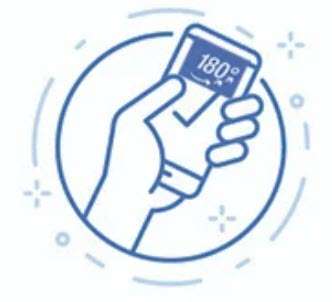
Stretch180 App
Kick Measurement App Online. This app will measure your kicks accurately and tell you how many degrees you are progressing each training session. Track your progress. Keep you engaged and motivated with your training. And keep you focused on your Kicking Goals!

Support Group
Access to a Private Support Group: No longer will you train alone. Now you can be part of a group and train alongside other ElasticSteel practitioners. Once registered for this course you will gain access to a private support group, where you will find 24-hour active community to share your experience with, ask questions and get advice.

Lifetime Access
Once purchased, this course is your to keep forever! There are no hidden fees and no strings attached. You will not be billed monthly, you pay only one time and get unlimited lifetime access to this program which is kept for you in your very own online library for easy access on any device of your choice, anytime, anywhere.
Click on the BUY NOW BUTTON below to get started!
Please note: that these are not downloadable programs, nor are these programs available in DVD format. All our programs are Pre Recorded Online On Demand Video Strength & Flexibility Training Programs. Once you place your order, you will receive an email containing your login information on how to login to your very own online library which will contain all the programs that you purchase from us. This is an online library, which you can access any time that you wish from any device, phone, computer, ipad. There is no time limit for you to view your programs, you get to keep them in your library indefinitely, and access them any time, anywhere, and for as long as you want to!
YOU MAY ALSO BE INTERESTED IN:

Adductors Strength & Flexibility
This program contains:
Adductors are four muscles whose primary role is hip adduction. Adduction is pulling the limb toward the mid-line of the body.
Additionally some texts list Pectineus as an adductor. There are a number of other muscles that also adduct the leg. Most of those muscles are external rotators of the hip. Since most applications of abduction have a superimposed lateral rotation, additional adductors do not restrict abduction or horizontal abduction. The exception are medial hamstrings, which are internal rotators of the hip.
Additionally some texts list Pectineus as an adductor. There are a number of other muscles that also adduct the leg. Most of those muscles are external rotators of the hip. Since most applications of abduction have a superimposed lateral rotation, additional adductors do not restrict abduction or horizontal abduction. The exception are medial hamstrings, which are internal rotators of the hip.

All Kick Master Combo
This Package includes:
Side Kick Training (7 programs)
1- Technical Kicking Leg Development
2- Trunk Flexibility and Strength for Optimum Kicking
3- Supporting Leg Training For Kicking Height
4- Precision and Accuracy
5- Speed Development
6- Power Development
7- Neutralizing Opponents Defense and Guard Penetration Set Ups
Roundhouse and Hook Kicks Training (4 programs)
1- Roundhouse Kick: Technical Kicking Leg Development
2- Roundhouse Kick: Speed Development
3- Roundhouse Kick: Power Development
4- Hook Kick: Power Development
Front Kick Training (5 programs)
1- Front Kick and Front Line Kicks: Technical Kicking Leg Development
2- Front Kick: Speed Development
3- Push Front Kick: Power Development
4- Axe Kick: Power Development
5- Ball of the Foot: Point of Impact
Advance Kick Training (4 programs)
1- Twist Kick Technical Kicking Leg Development
2- Flying Side Kick: Technique and Jumping Height Development
3- Scorpion Kick: Perfect form Development
4- Flying Split Scissors Kick, Two Direction Kick
Kick Retention Training
A specific video focusing on functional kick training.
Three Classic ElasticSteel Functional Strength And Conditioning Books
1- The Gravity Advantage
2- The Gravity Advantage Max
3- The Power of One
Two Extra Programs for Hand Conditioning
1- Fist Point of Impact: Wrist, Knuckles and Forearm Development
2- Palm Strike Strength and Flexibility Training
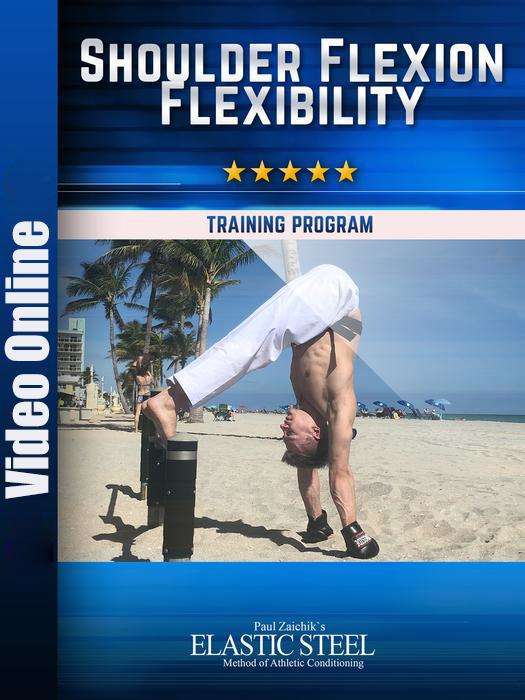
Complete Shoulder Flexion
This program contains:
Being able to stretch the shoulder abductors and extensors, as well as scapula inferior rotators allows the arm to come up to at least vertical line. In many cases more than 180 degree is needed, in throwing sports for example, such as javelin, football and baseball. Same applied to serves in volleyball and rocket sports.
Don’t see what you want? Need help selecting a program? Want to buy more than one program? We can put together a one step checkout for you with all the programs that you wish to buy so you don't need to keep clicking the buy now button over and over again and can checkout one time with all the programs you need.
We’re here for you! Just send us an email to info@easyflexibility.com describing your goals and we will help select the right program for you!
We’re here for you! Just send us an email to info@easyflexibility.com describing your goals and we will help select the right program for you!
Enough time wasted!
Stop wasting time and money, risking your health, hitting plateaus,
wondering how to reach your goal instead of working towards it!
Start your ElasticSteel Flying Side Kick Program right NOW and
start your journey to a healthier, more balanced lifestyle right away!
wondering how to reach your goal instead of working towards it!
Start your ElasticSteel Flying Side Kick Program right NOW and
start your journey to a healthier, more balanced lifestyle right away!

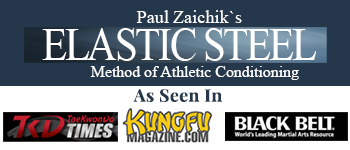

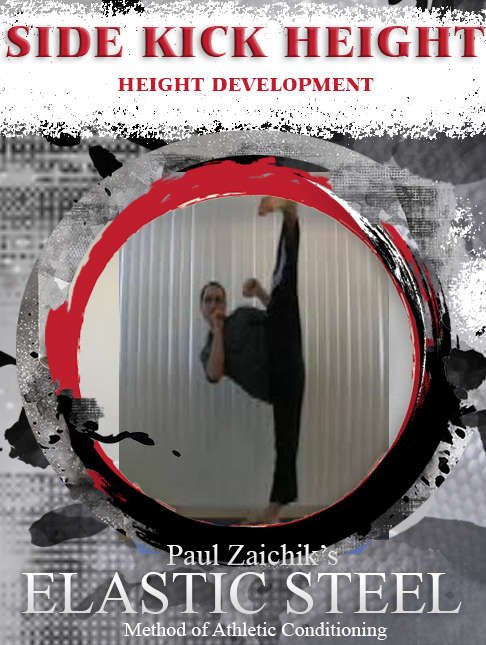

Leave a comment